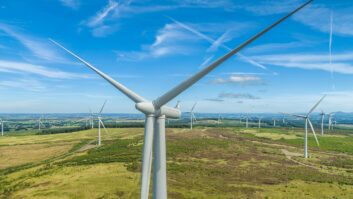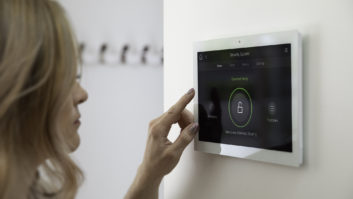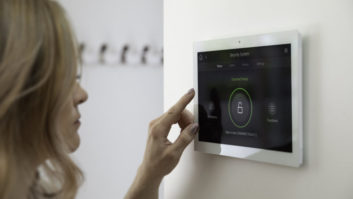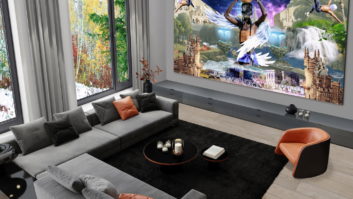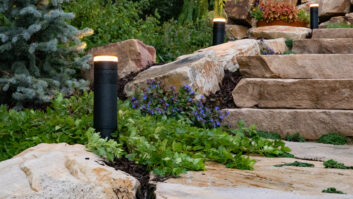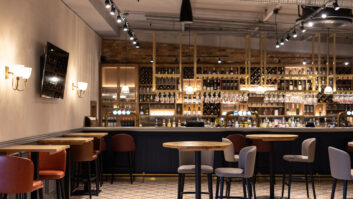 Working closely with building designers and managers for over fifteen years, the current need to implement green and sustainable lighting systems into building design is proving one of the greatest challenges we’ve seen to date. There is an industry-wide need for education in the capabilities of new smart control technologies to the market.
Working closely with building designers and managers for over fifteen years, the current need to implement green and sustainable lighting systems into building design is proving one of the greatest challenges we’ve seen to date. There is an industry-wide need for education in the capabilities of new smart control technologies to the market.
The difficulty for most integrators has arisen from the shift in focus. Of course, using LED bulbs will conserve energy and the LED market is flooded with manufacturers and suppliers. The key to a successful, sustainable, lighting installation, however, lies in control. This is where we’re seeing the knowledge of integrators and building designers falling short. Many are unaware of the new technologies available on the market and where to start.
GROWTH AREA
The upgrade of lighting systems to sustainable solutions, however, is the biggest area of current growth due to the need to deal with the adverse effect light pollution has on the environment and its ecosystems. Artificial light brightening our world 24/7 disrupts critical behaviours in wildlife. Birds and animals drawn to the lights of human structures can become disoriented or dependent, behaviours which can lead to immediate loss of life, changes to migration patterns, reduction in breeding success and generally lower chances of survival.
As a driver for change the UK Government introduced new legislation requiring companies bidding for government contracts worth more than £5million a year to publish Net Zero emissions reports. As lighting accounts for 12% of the electricity consumed around the globe each year, it’s a good place to start.
Of course, the big motivator for end users more recently has been the price of power heading through the now thoroughly insulated roof. The rise in energy costs has been listed as one of the greatest worries for many businesses and cutting energy consumption and its associated costs has become a priority.
NATURE FRIENDLY
The good news is that the light pollution problem and its cost to business can be managed in a nature-friendly way. With the right installation, carbon footprint and costs, including project costs, can be reduced at the same time. The bad news is that fear and misunderstanding of new technologies is pushing installers back to old habits, which in turn leads end users towards expensive and intrusive lighting installations. In truth there are far simpler ways to put sophisticated solutions together.
A Smart lighting system, enabled by Internet of Things (IoT) devices can reduce lighting-related energy costs by up to 80%, making it a significant step on the road to sustainability.
So, what is a Smart lighting solution? In a nutshell, Smart lighting enables the use of motion sensors in every room where either a Smart light switch or Smart light bulb is installed. When a room is unoccupied, you can instruct the bulbs to shut off and only switch on again when motion is detected in the room.
SMART CONTROL
However, today’s Smart control solutions have grown in sophistication and now handle whole or multiple-building lighting management at a greater level of complexity. Onboard analytic suites take collated consumption data and transform it, according to personalised settings, into optimised lighting output and performance.
Smart control is also wireless and available to manage from the comfort of, well, anywhere, using mobile phone apps. The wireless nature of the Smart solution makes it more cost effective than hard-wired installations. With savings to be made on cables and labour costs, the simplicity of a Smart installation makes it not just suitable, but ideal, for retrofitting into any building.
